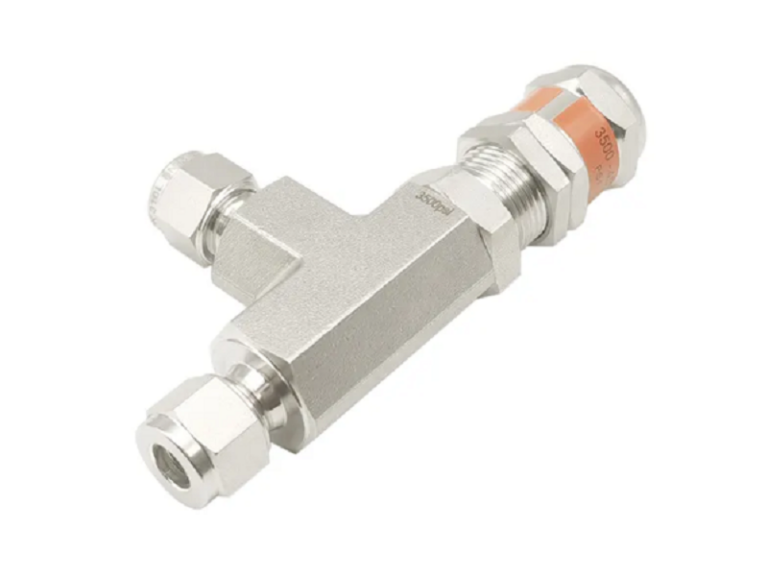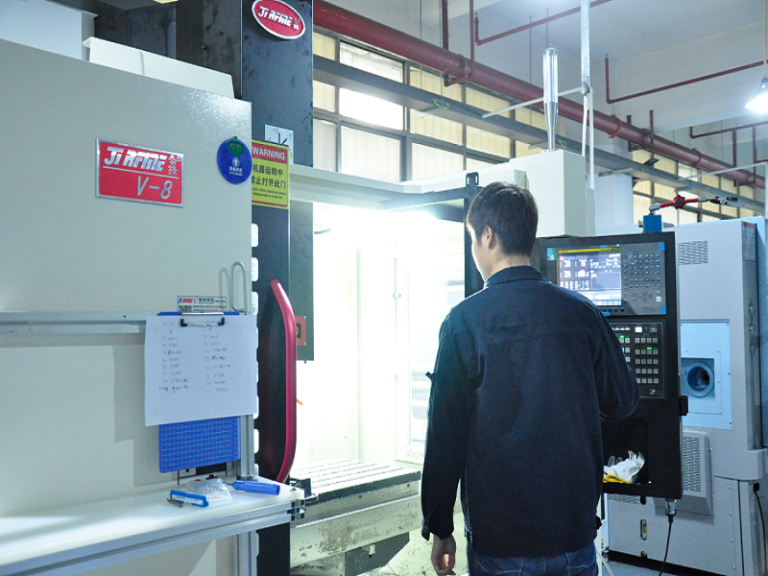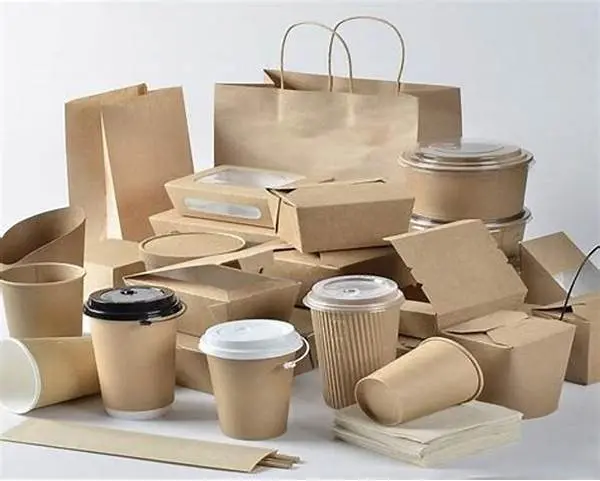目录
A graphics card, colloquially known as a video card or GPU (Graphics Processing Unit), serves as the heart of a computer’s visual output system. It handles the rendering of graphics, including video games, 3D modeling, and high-resolution videos, ensuring smooth and detailed visuals. Key manufacturers in this field include NVIDIA and AMD, which produce graphics processing chips that power these cards. The cards utilizing NVIDIA’s chips are often referred to as “N-series” graphics cards, while AMD-based cards are commonly labeled as “A-series.”

Classification of Graphics Cards for Mini Gaming PC: Integrated Solutions
When it comes to graphics cards for mini PCs, one of the primary options is the integrated graphics card. This type of card combines the graphics chip, memory, and associated circuitry directly onto the motherboard, creating a unified system. While some integrated graphics cards may have dedicated memory installed on the motherboard, their capacity is often limited. In terms of performance, the graphical and processing capabilities of these integrated cards are generally weaker compared to dedicated graphics cards. Hardware upgrades are not possible with integrated graphics, but software optimizations, such as frequency adjustments or BIOS updates, can help enhance performance to some degree. Many office-oriented mini gaming pc and fanless industrial mini PCs favor this solution due to its simplicity and cost-effectiveness.
Dedicated Graphics Card for Mini Gaming PC
A dedicated graphics card is a standalone unit that houses the graphics chip, memory, and associated circuitry on a separate circuit board. It slots into an expansion slot on the motherboard, providing a distinct graphics processing solution. Dedicated graphics cards are often physically larger, featuring more stream processors and delivering higher display frequencies and bandwidth. They have their dedicated memory, which significantly enhances gaming graphics quality and fluidity, resulting in a faster and smoother performance for graphics-intensive software. Moreover, dedicated graphics cards offer more flexibility for hardware upgrades over time. Gaming-oriented mini PCs typically come equipped with dedicated graphics cards, or they pair gaming-capable CPUs with high-performance integrated graphics solutions.
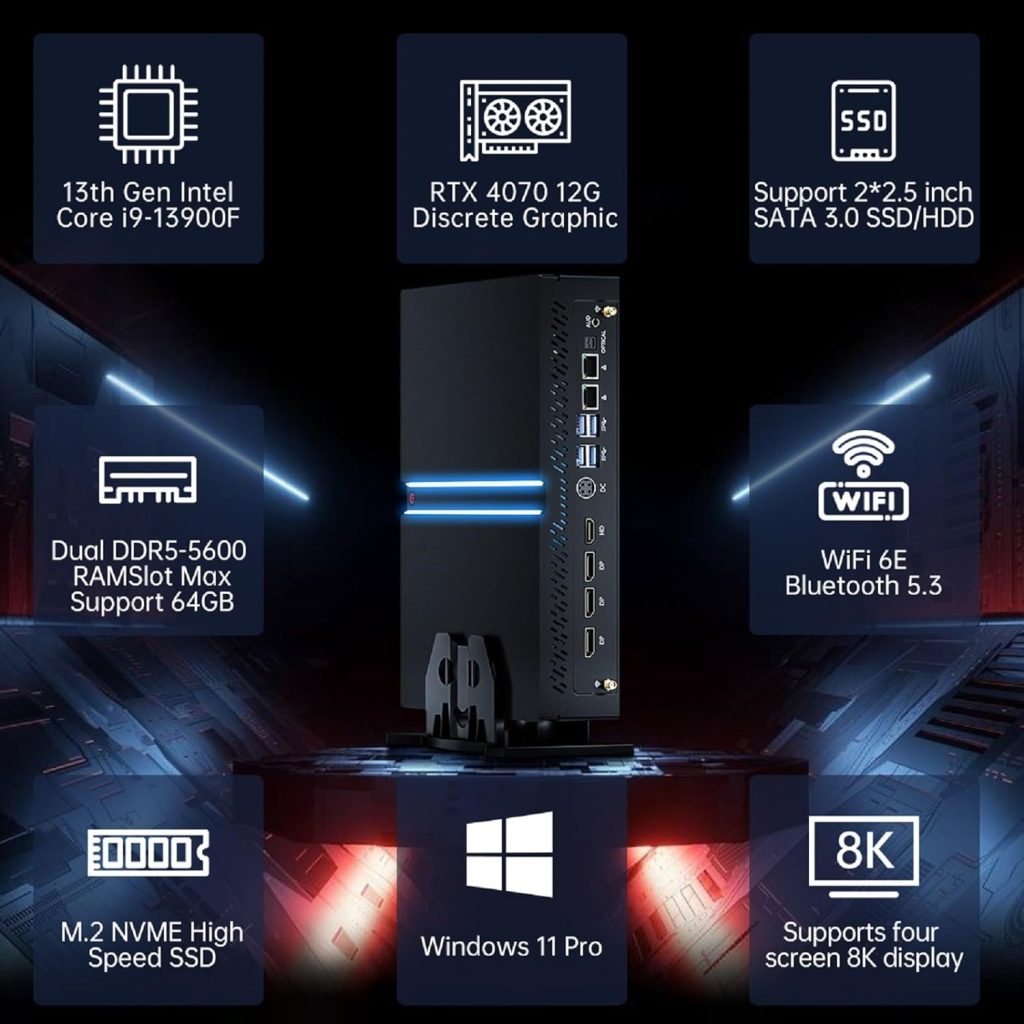
Comparison Highlights
Performance: Dedicated graphics cards significantly outperform integrated graphics cards, particularly when it comes to gaming and advanced graphic design tasks.
Power Consumption: While dedicated graphics cards often require higher power supplies and dissipate more heat, integrated graphics solutions tend to be more energy-efficient, minimizing heat-related issues.
Space Requirements: Dedicated graphics cards occupy more space due to their larger dimensions, whereas integrated graphics cards are seamlessly integrated into the motherboard, occupying less overall space.
Pricing: Dedicated graphics cards generally command a higher price tag, whereas integrated graphics solutions are often bundled with the motherboard or CPU, resulting in a more cost-effective solution.
Upgradeability: Upgrading a dedicated graphics card is a straightforward process, involving the replacement of the card itself. Conversely, upgrading integrated graphics often necessitates the replacement of the entire motherboard, making the process more complex.
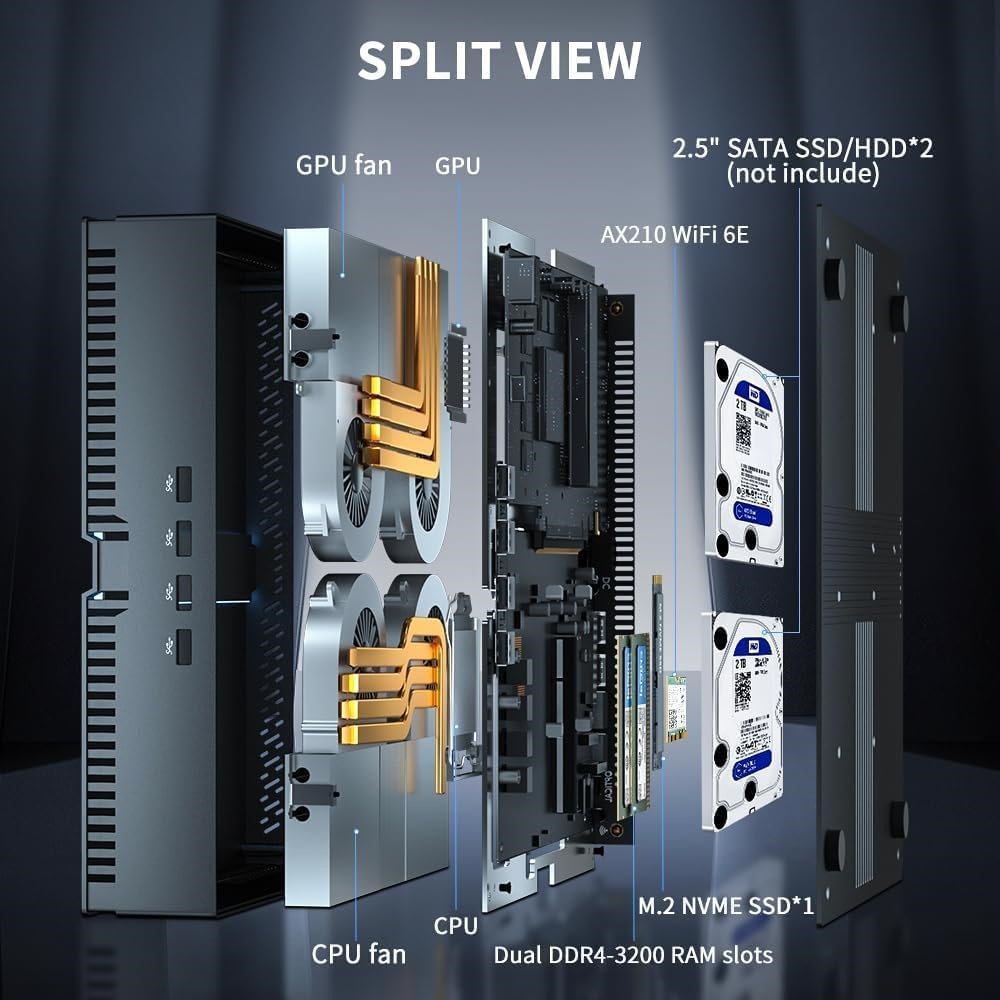
Graphics Card Selection Guidelines
Graphics Processor: Determine the graphics processor that best aligns with your requirements. NVIDIA (N-series) and AMD (A-series) are popular choices.
Clock Speed: If comparing cards with the same graphics processor, consider the core clock speed as a deciding factor.
Memory Considerations: Memory capacity and speed are crucial factors that directly influence the graphics card’s overall performance.
Application-Based Selection: Tailor your graphics card choice to your specific needs. For gaming and professional graphics work, a dedicated graphics card is ideal. For daily office tasks and casual online gaming, an integrated graphics solution might suffice.
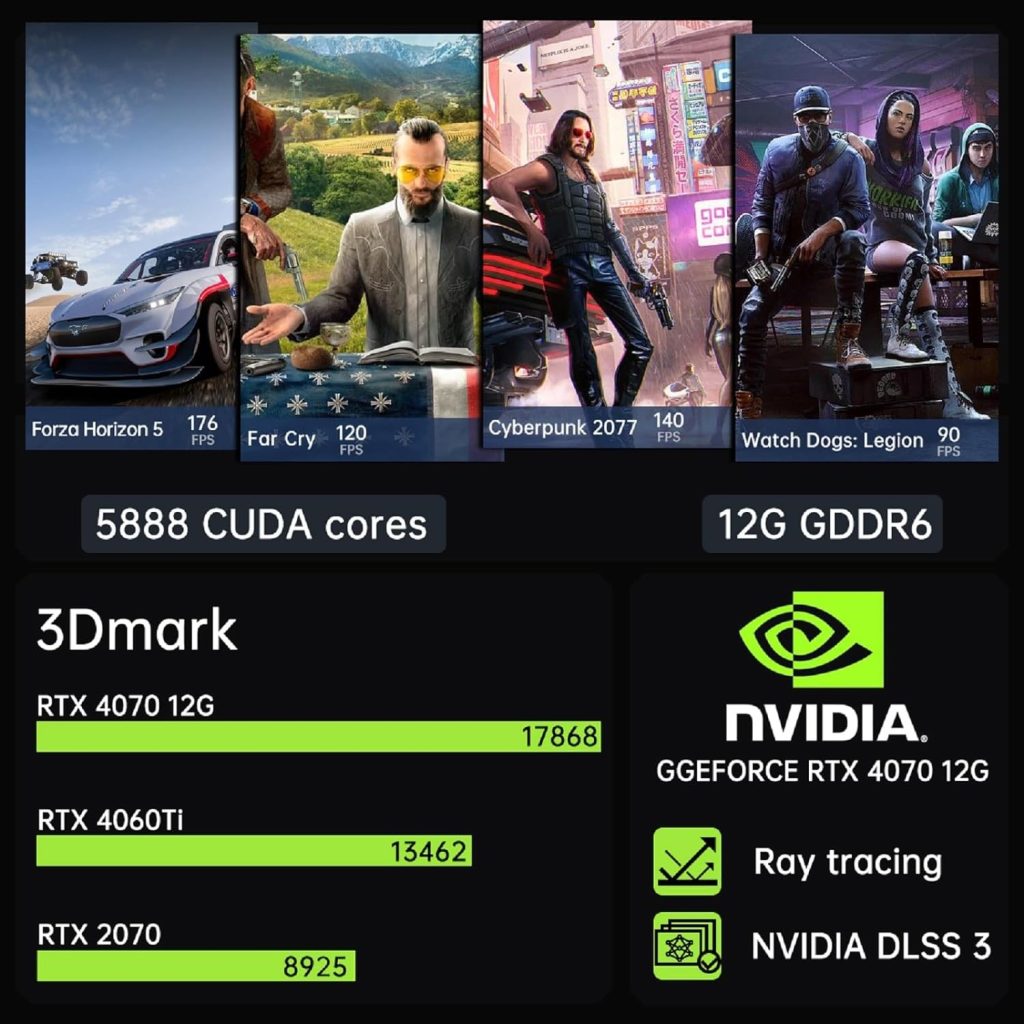
Ultimately, both dedicated and integrated graphics cards have their merits and drawbacks. Your graphics card selection should hinge on your individual needs and budgetary constraints. When shopping for a mini gaming pc, carefully assess your intended usage and performance requirements, weighing the advantages and disadvantages of both dedicated and integrated graphics options.
0

